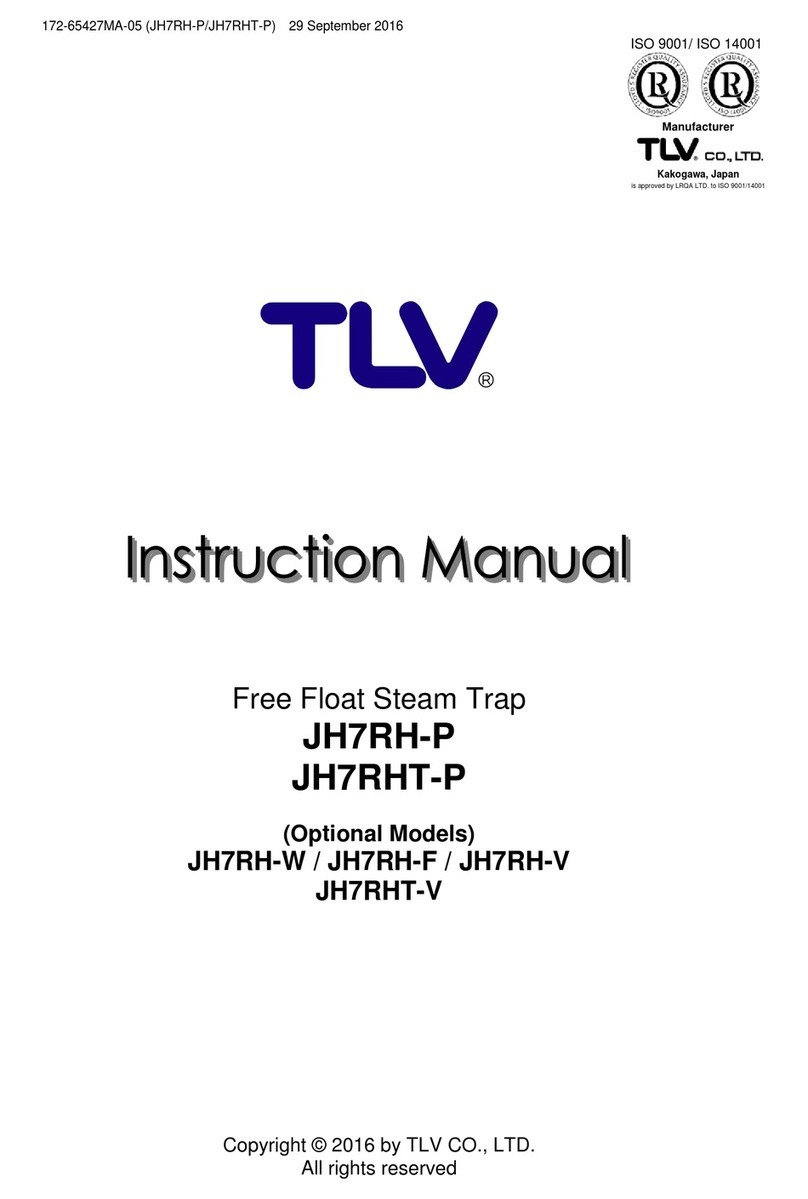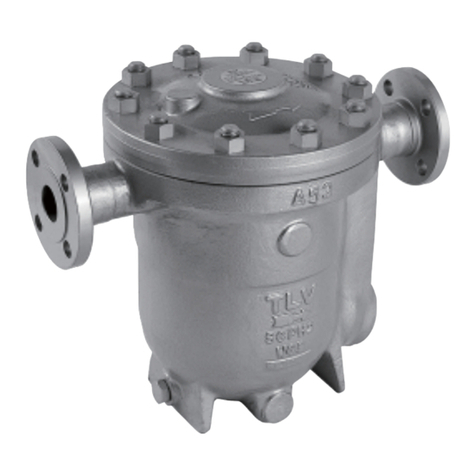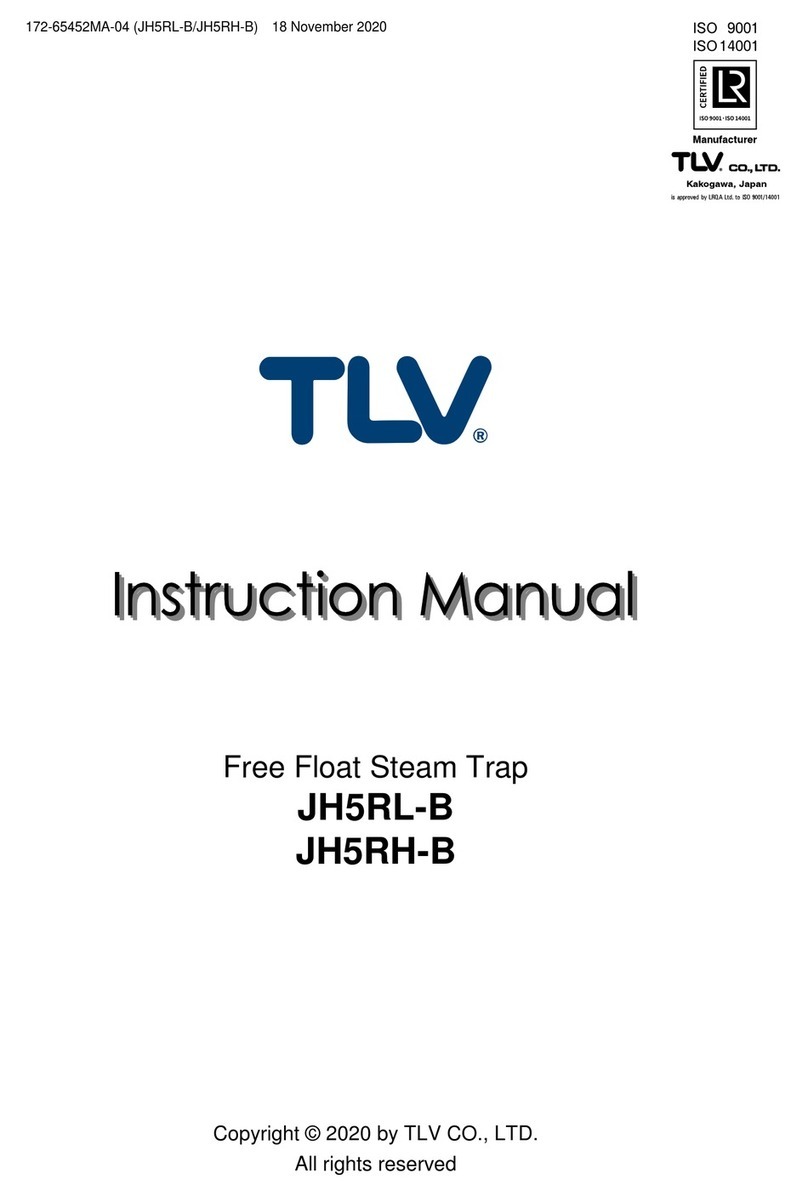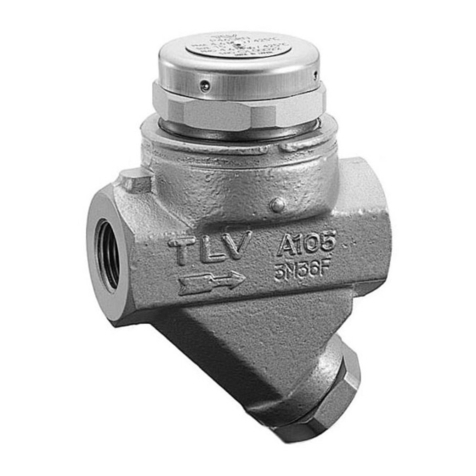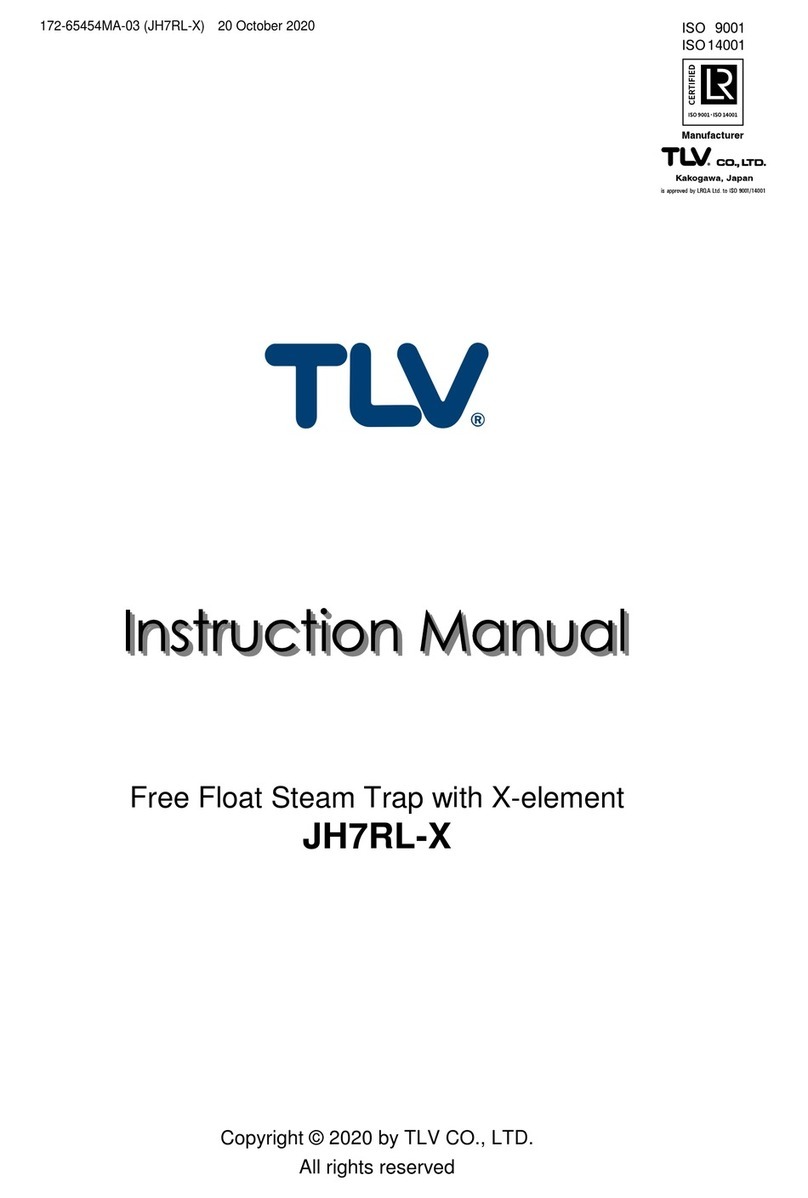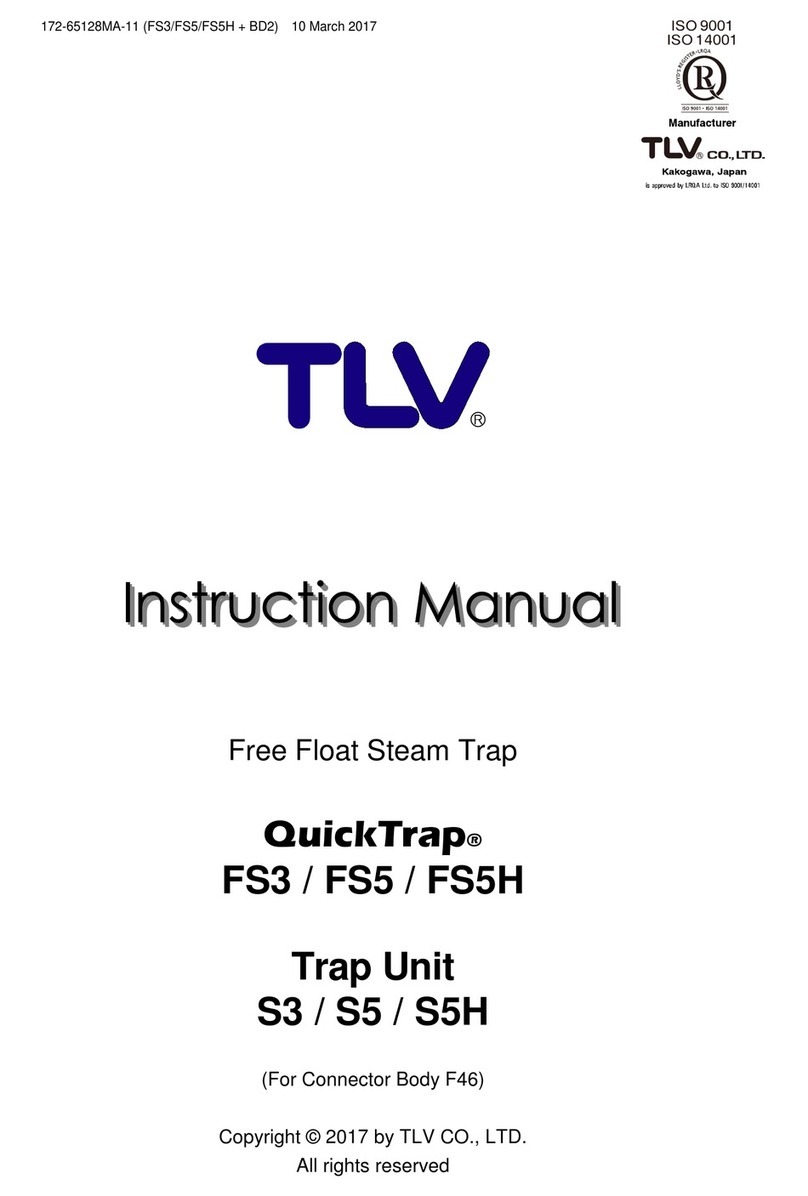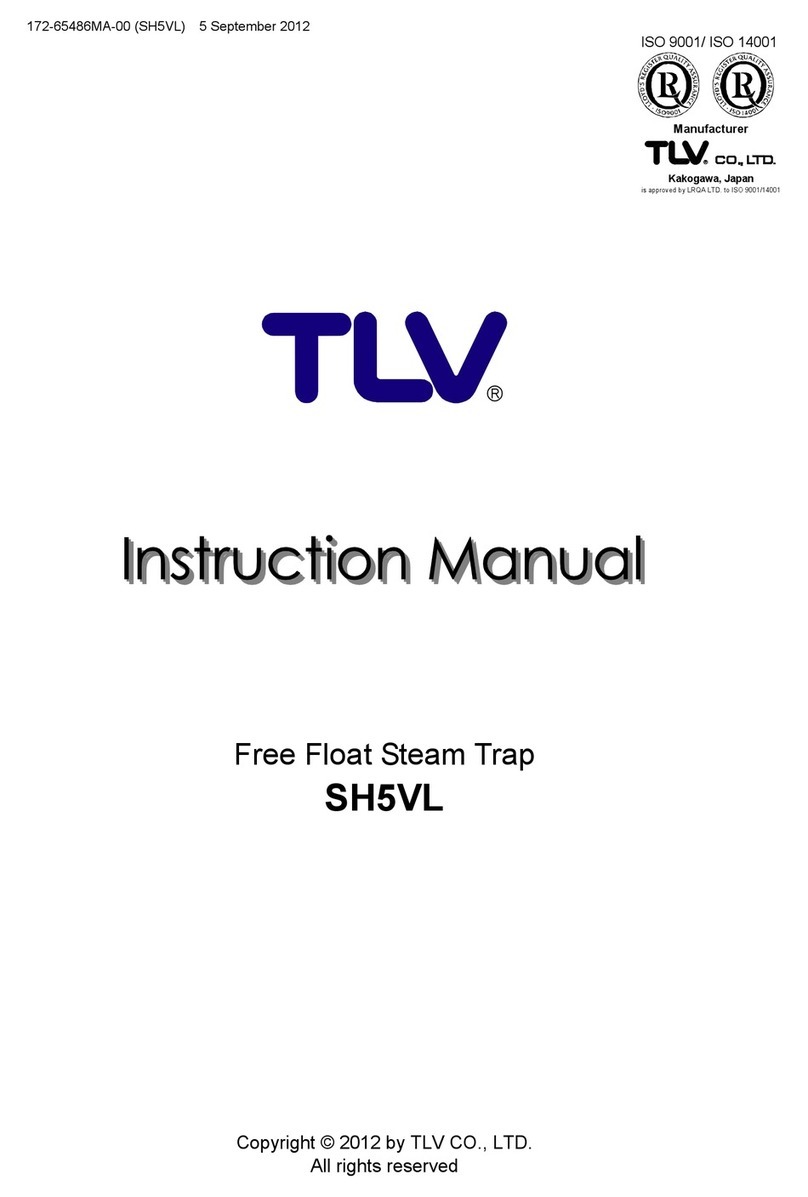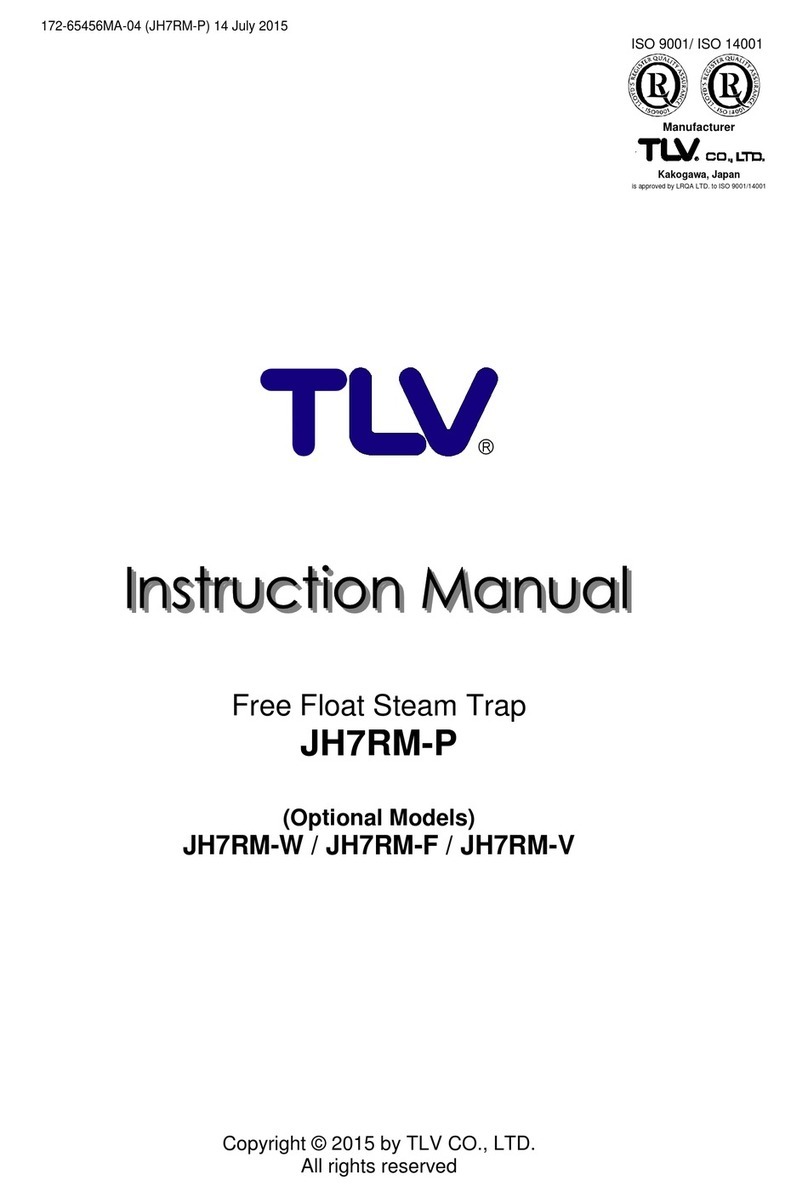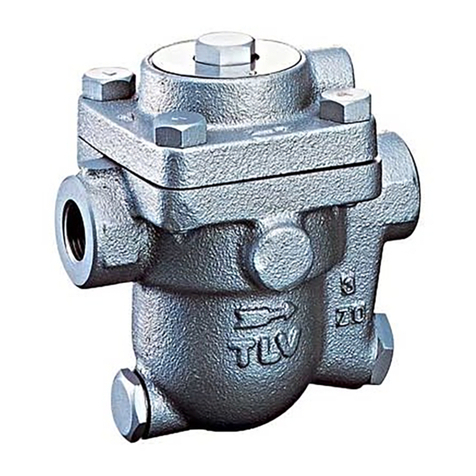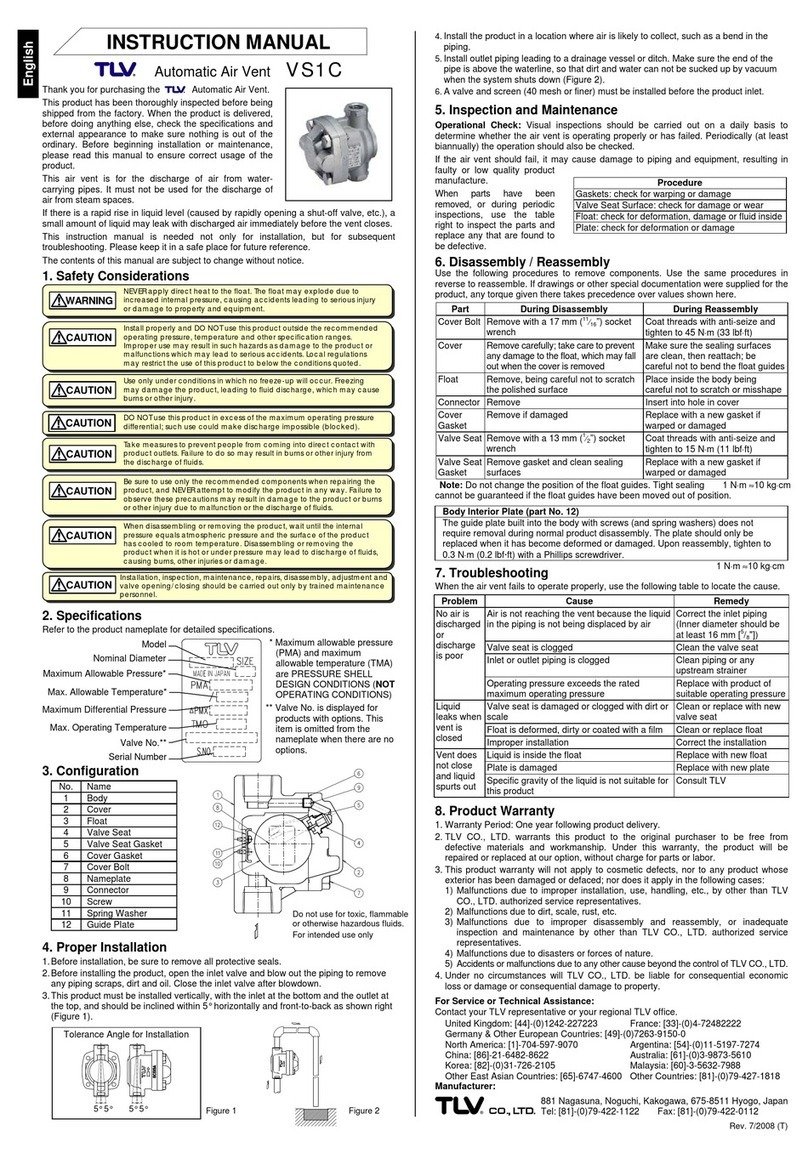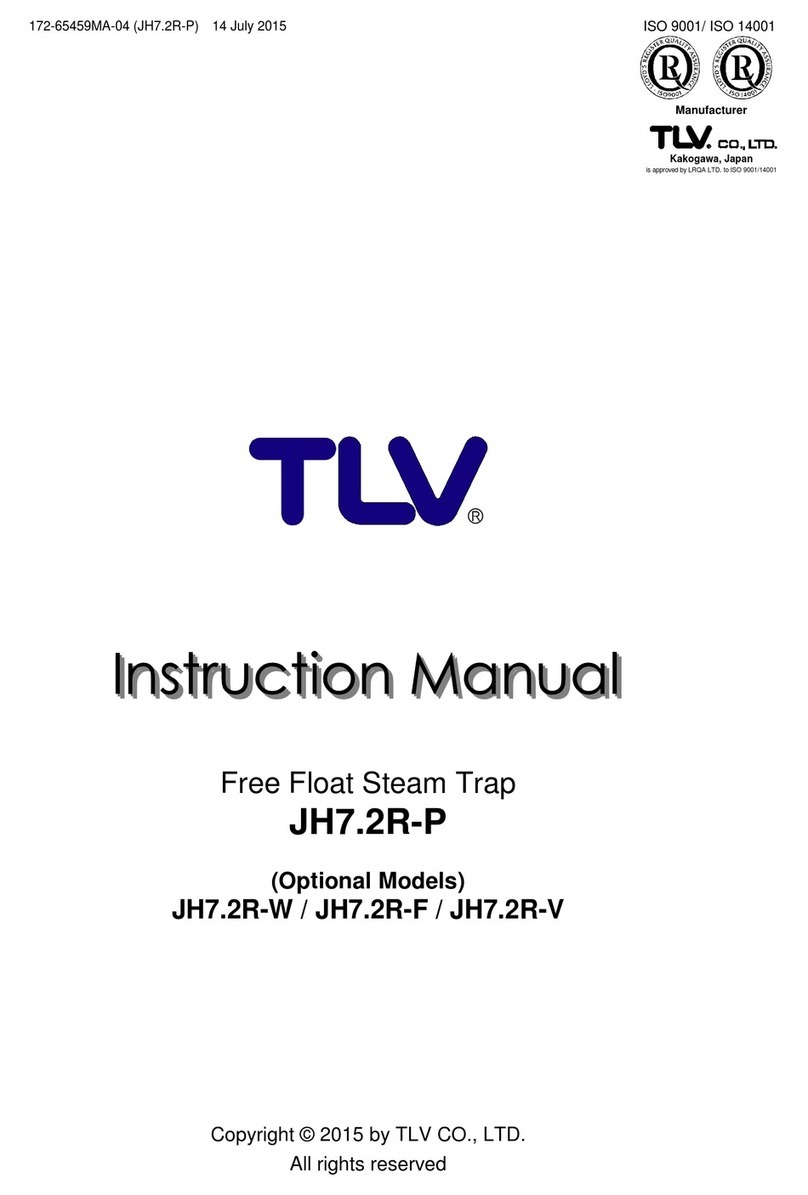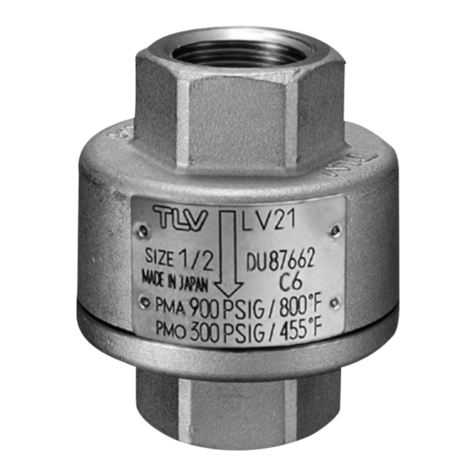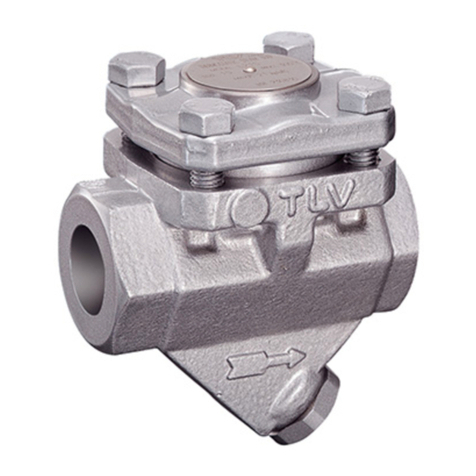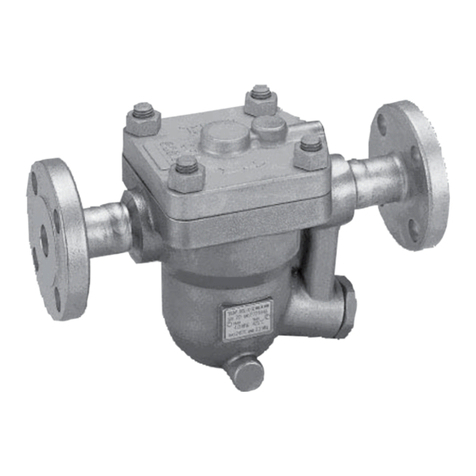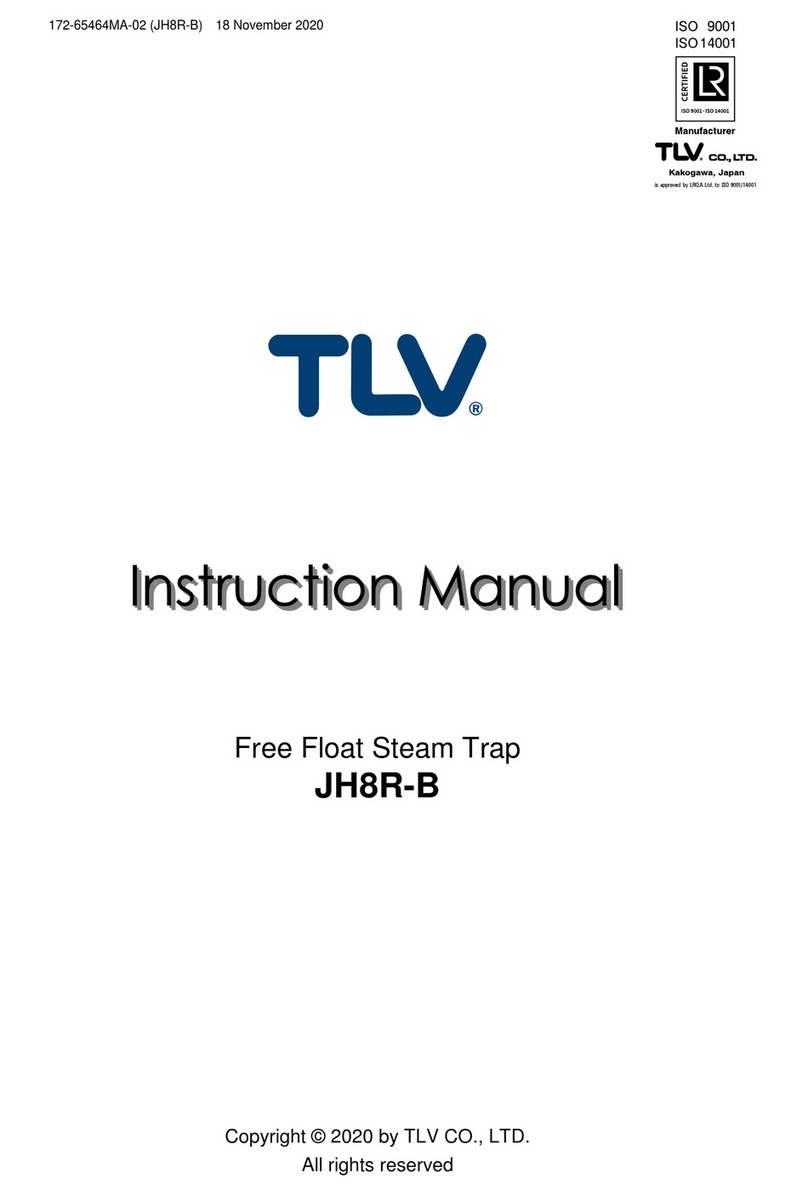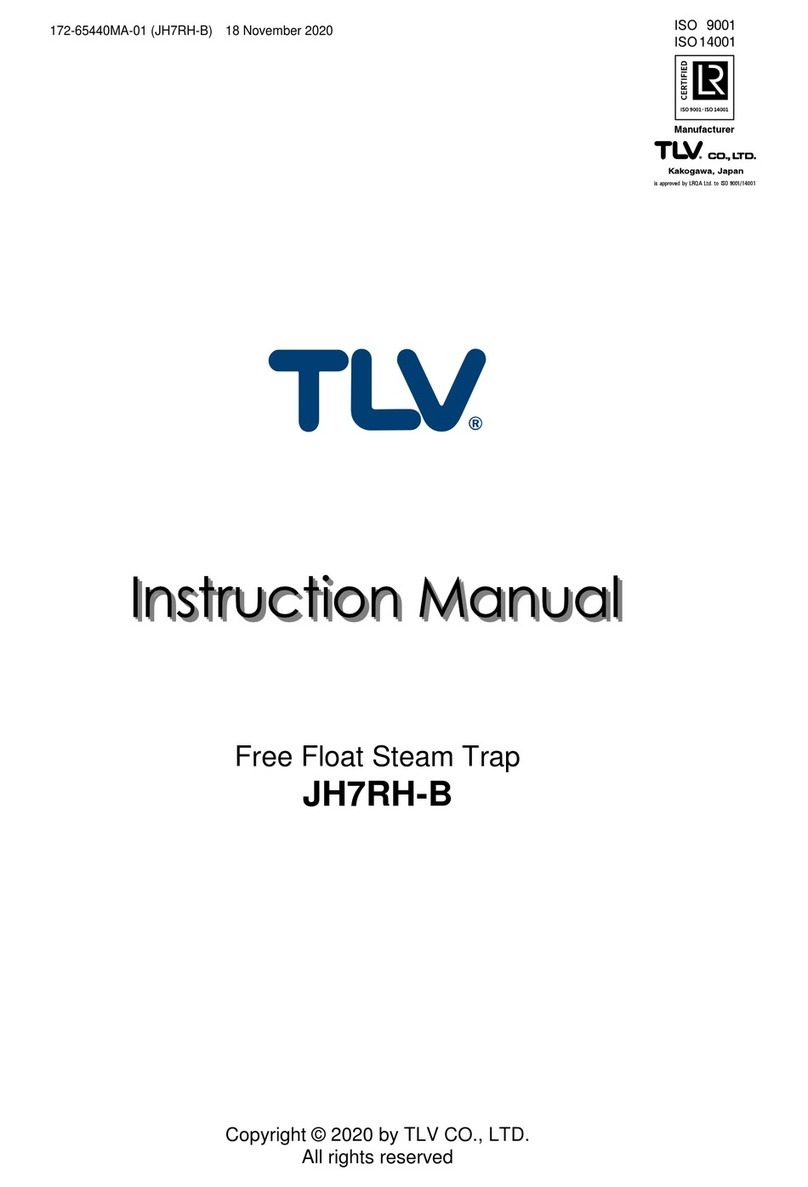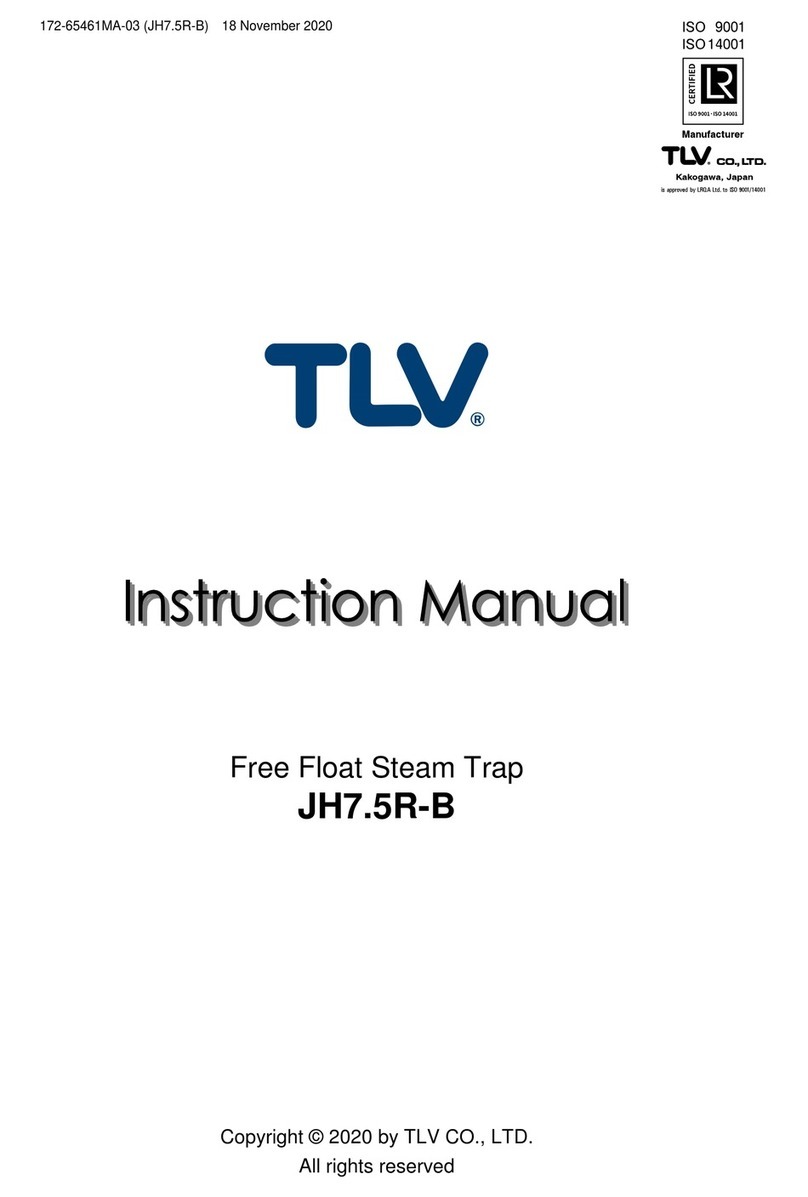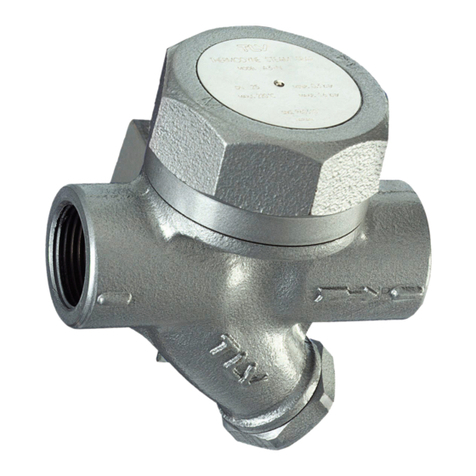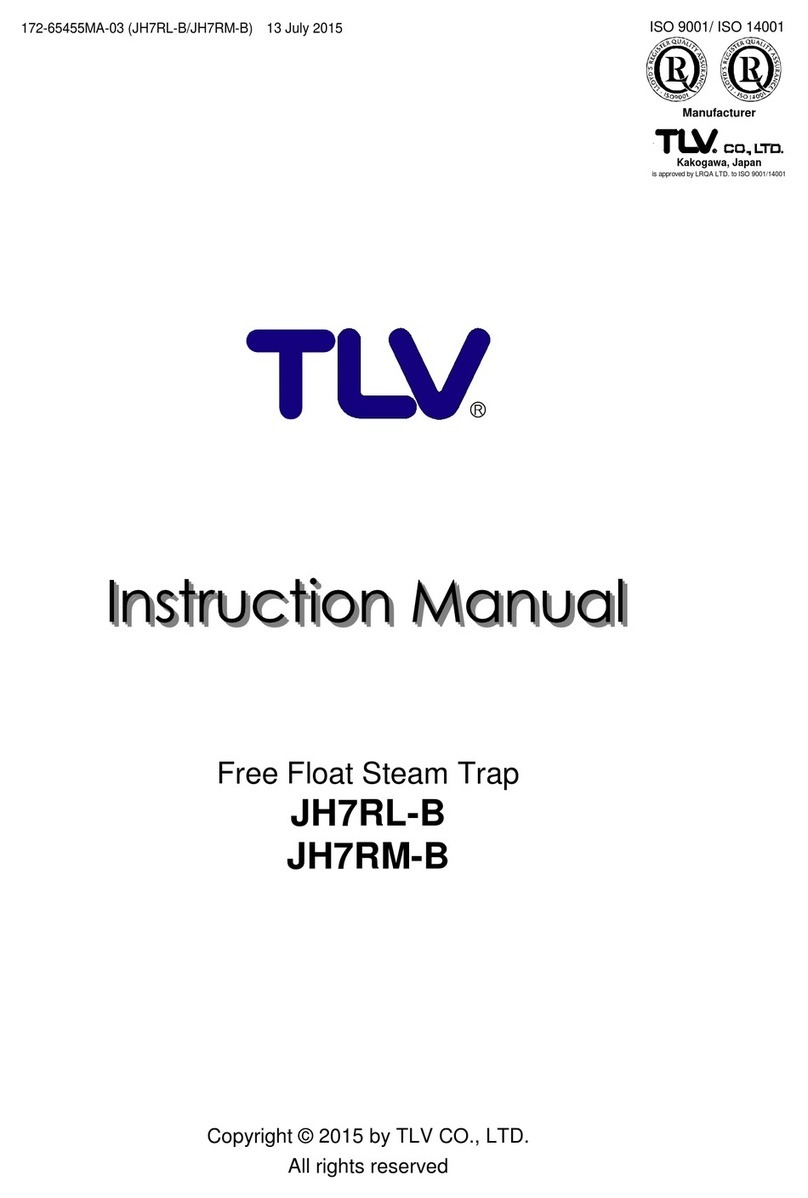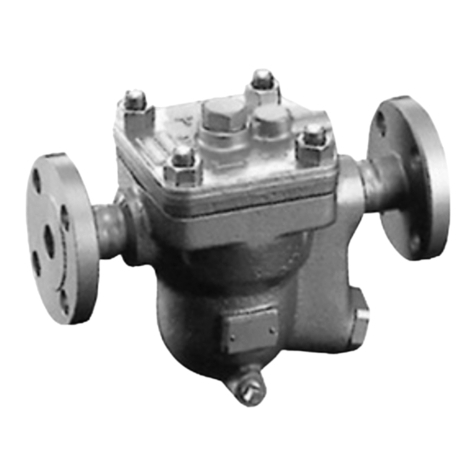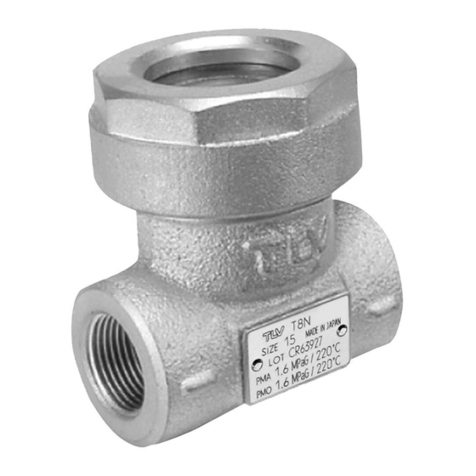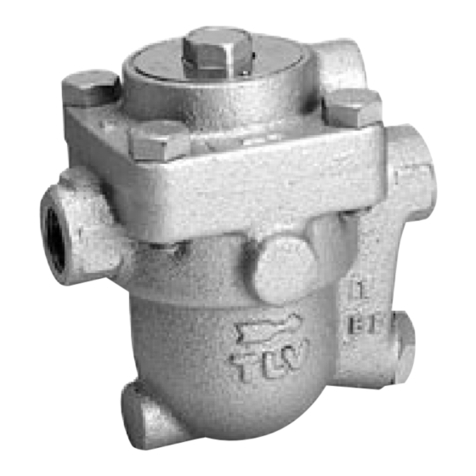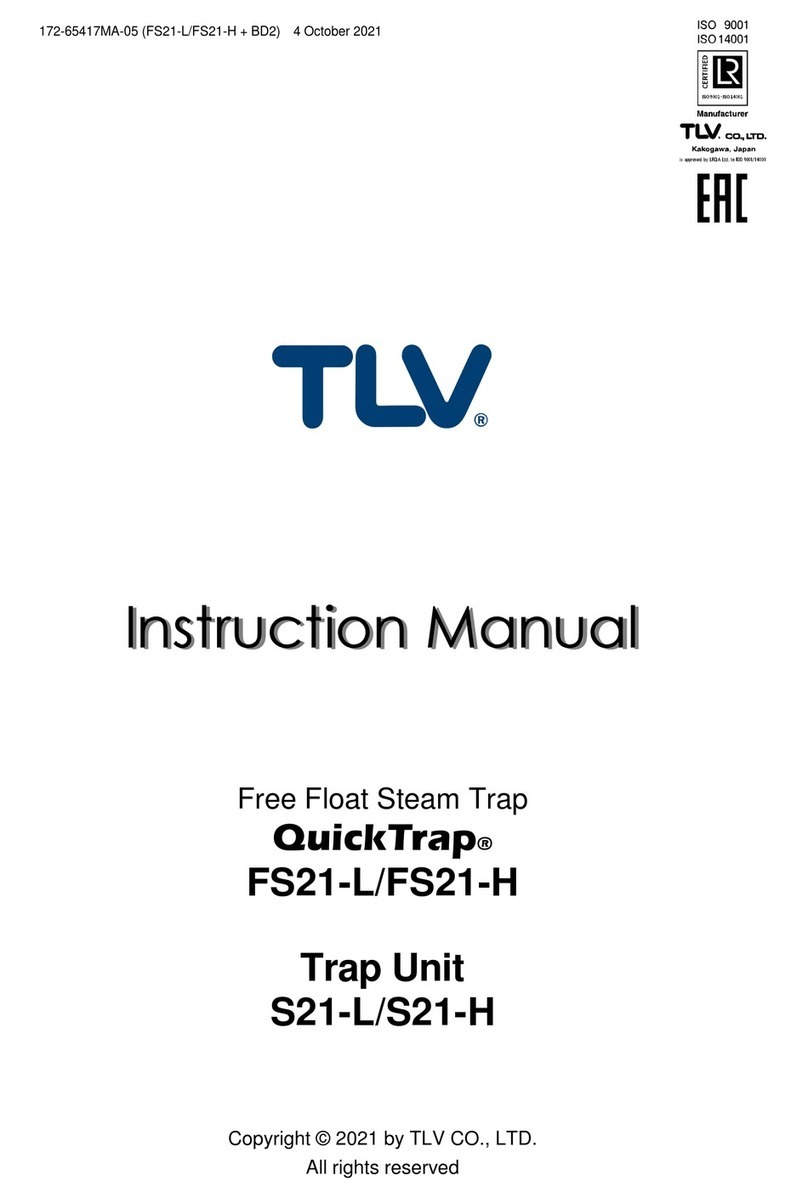
172-65465MA-04 (JH8R-P) 11 May 2018
Contents
Introduction .......................................................................1
Safety Considerations.......................................................2
Checking the Piping..........................................................4
Operation ..........................................................................5
Specifications....................................................................6
Configuration.....................................................................6
Installation.........................................................................7
Maintenance......................................................................8
Disassembly/Reassembly.................................................9
Instructions for Plug/Holder Disassembly and Reassembly...12
Troubleshooting ..............................................................13
Product Warranty ............................................................14
Options............................................................................15
Introduction
Thank you for purchasing the Free Float Steam Trap.
This product has been thoroughly inspected before being shipped from the factory.
When the product is delivered, before doing anything else, check the specifications
and external appearance to make sure nothing is out of the ordinary. Also be sure to
read this manual carefully before use and follow the instructions to be sure of using
the product properly.
This instruction manual is edited based on the JH-P Series (with cover plug). The
JH-W Series (with socket welded cover connection), JH-F Series (with flanged cover
connection) and JH-V Series (with manual air vent valve) are described at the end of
this manual in the 'Option’ section.
This free float steam trap employs a hinge-less and lever-less free float to rapidly,
automatically and continuously discharge the inflowing condensate that is
continuously generated inside the equipment, thus preventing the accumulation of
condensate and thereby improving the heat transfer efficiency of the equipment.
This free float steam trap is suitable for process systems and steam-using
equipment under long continuous operation with the introduction of almost no air.
If detailed instructions for special order specifications or options not contained in this
manual are required, please contact for full details.
This instruction manual is intended for use with the model(s) listed on the front cover.
It is necessary not only for installation but for subsequent maintenance,
disassembly/reassembly and troubleshooting. Please keep it in a safe place for
future reference.























